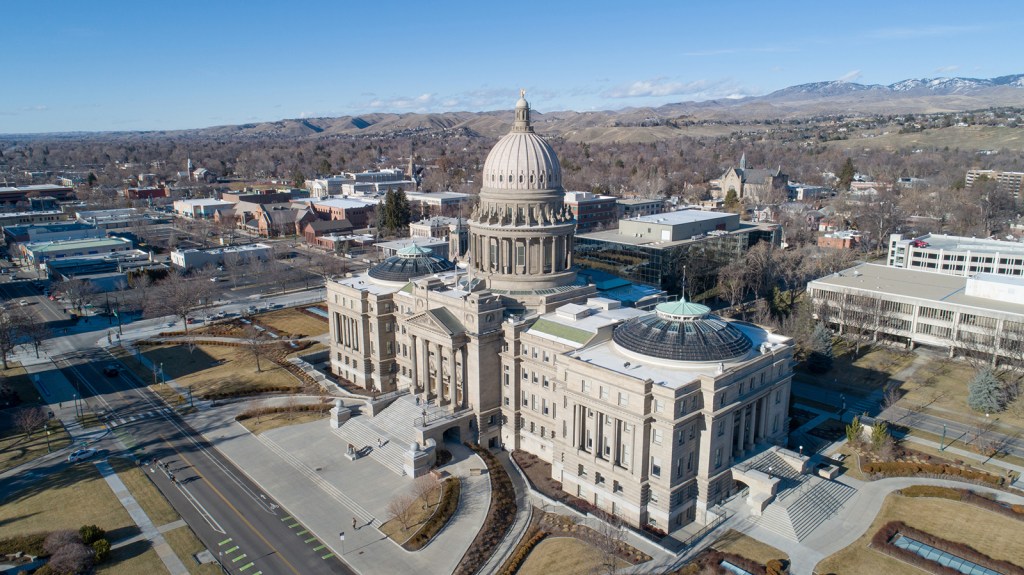In her first few months as a Minnesota state legislator in 2021, state Rep. Kaela Berg often wondered: “What the hell am I doing here?”
A single mother and flight attendant without a college degree or prior political experience, Berg now had a seat at the legislative table, shaping policy decisions in her home state.
As she ran against a former two-term Republican representative — a commercial real estate agent — she also was struggling for housing and living in a friend’s basement.
“I’m living in [her] basement, running for office, and the pandemic hits,” said Berg. “I went from three jobs to one. … I found that while I can pay my bills, I can’t qualify for a new apartment because you have to show two or three times the rent and I can’t do that.”
While it was gratifying to receive support from working families in her district, her transition to state policymaker felt overwhelming.
“I had the worst case of impostor syndrome,” Berg, a member of Minnesota’s Democratic-Farmer-Labor Party, said in an interview. “I’m thinking, ‘Who do I think I am? I’m a working flight attendant. I don’t have a college degree. Why did I let somebody talk me into this?’”
Berg is a rarity in politics: a working-class state legislator.
Just 116 of the nearly 7,400 state legislators in the United States come from working-class backgrounds, according to a biennial study conducted by Nicholas Carnes and Eric Hansen, political scientists at Duke University and Loyola University Chicago, respectively.
The researchers define legislators as “working class” if they currently or last worked in manual labor, service industry, clerical or labor union jobs. They found that 1.6% of state lawmakers meet that definition, compared with 50% of U.S. workers. Only about 2% of Democrats and 1% of Republicans qualified as working class.
Ten states — Arkansas, Louisiana, Mississippi, North Carolina,…
Read the full article here







